How to Give Brand Accounts Permission to Whitelist Your TikTok Content
TikTok whitelisting allows brands to turn creator content into awesome ads. Here’s how to give brands access to your TikToks for whitelisting.
TikTok whitelisting with Spark Ads instantly transforms creator videos into top-tier ads. We explain how to whitelist TikTok content and why brands should.
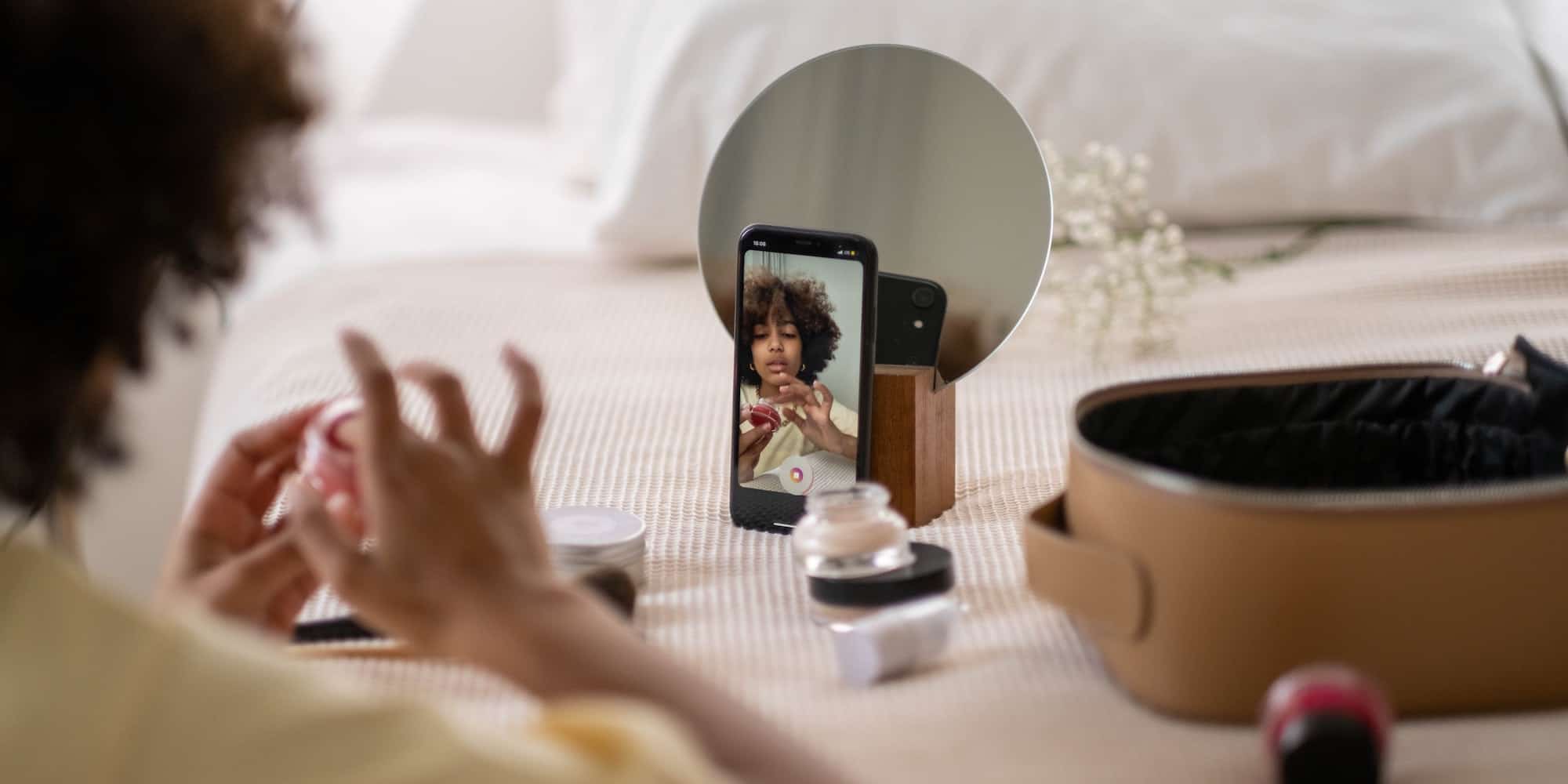
.jpeg?width=800&name=tiktok%20white%20label%20cover%20photo%20resized%20(1).jpeg)
“What’s the deal with TikTok whitelisting?”
Imagine taking a high-performing TikTok creator video and running it as an ad ASAP.
Now imagine doing that scale with dozens of influencer posts.
Whitelisting influencer content on TikTok lets you do exactly that without wasting time.
We’ve been getting this question as more and more brands run TikTok Spark Ads. Especially as the app touts how creators boost ad engagement and performance in a big way.
In this post, we break down all things TikTok whitelisting including setup and best practices!
Skip to Section 👇What Are the Requirements to Set Up Whitelisting on TikTok? How to Whitelist Content on TikTok (Spark Ads) |
TikTok whitelisting is the process of obtaining advertising access to a creator’s videos to promote on your brand’s account. These creator videos are also referred to as Spark Ads.
Translation? You take a piece of organic content and transform it into sponsored content.
Below is an example of a high-performing Spark Ad found on the #FYP.
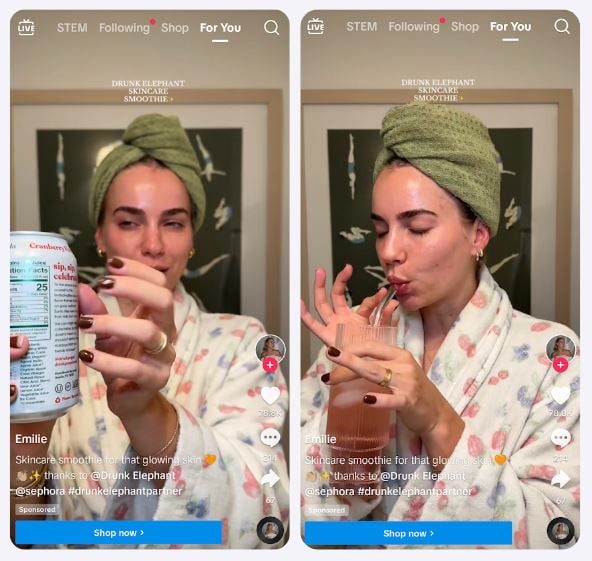
Source: Drunk Elephant
Here’s the short of how the whitelisting process works:
Here's what it looks like when a creator grants advertising permissions to a brand on TikTok:

Know how TikTok says “Create TikToks, not ads?" That’s what whitelisting does in a nutshell.
Typical branded content on TikTok runs from the creator’s account with an #ad disclosure. With whitelisting, you promote creator content from your brand account and present it as your own.
Here’s the good news: TikTok makes the process of making creator ads pretty easy.
But before we get into the steps of white-labeling videos, there’s a bit of housekeeping to do.
Below are the prereqs to Spark Ads for both brands and creators:
The easiest and fastest way to turn influencer content into ads on TikTok is via the app's native whitelisting feature known as Spark Ads. All you need to do is to get a creator's Spark Ad code with advertising permissions, giving you full access to feature their post in paid ads ASAP.

Here's a simplified walkthrough of how to get a Spark Ad Code from a creator:
Creators start by selecting the video that you (the brand!) want to promote via Spark Ads. Once they've got it, look for those three little dots (...) hanging out in the bottom right corner of your post. Give that a tap, scroll down a bit and you'll find "Ad settings." Tap that and move to the next menu.
Inside ad settings, creators will navigate to "Content disclosure and ads." Select the "Ad authorization" toggle.
After enabling ad authorization, TikTok will show creators their advertising terms of service (yes, the legal stuff we all love to read).
But more importantly, this is where creators will get the option to generate their TikTok video code.
TikTok automatically sets your creators' content approval for 30 days, but you're not locked into this!
If you need more time, creators can select "Extend" and pick a timeframe that better suits your campaign plans. Once you've got your timing figured out, hit that "Generate" button to create your code. It'll look like a random combination of numbers and letters.
You're in the home stretch! TikTok makes this final step super convenient by offering to creators to copy their Spark authorization code straight to their clipboards. From here, creators can easily paste it into a DM or email to you.
And that's that!
Just keep in mind that you can actually streamline this process even faster with a TikTok influencer platform like Statusphere that enables Instant Spark Ads. This eliminates negotiating and going back and forth with creators to coordinate ad details.
Consider that influencer ads on TikTok can also be run without using the platform's native ad whitelisting tools.
These ads are essentially dark posts that you promote through your brand account. We refer to this process as "manual whitelisting," which is more time-consuming and intensive compared to Spark Ads. You can learn more in our breakdown of Spark Ads vs. Non-Spark Ads.
But let’s say you have a positive, working relationship with a creator and want to get the ball rolling on a campaign without Spark Ads. Here’s a rundown of the manual whitelisting process on TikTok:
No surprises here. You can’t run ads without a video!
Review your creator’s content and decide which video would best translate to a TikTok ad. To narrow down your choices, consider:
View counts can clue you in on potentially strong ads. Likewise, you can always reach out to your creator to see which of their branded posts have been crushing it lately.
For this post, we coordinated with our own creator (Hi Alexa!) to explain how whitelisting works. We’ll be working with her videos to document the process.
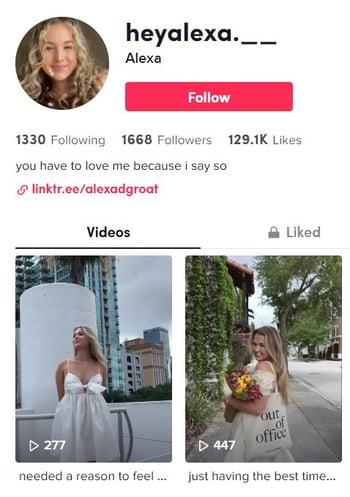
Unlike Instagram, whitelisting on TikTok doesn’t give you blanket access to their account assets. In other words, you do need to specify a particular video to promote before moving forward.
This is the only step in the whitelisting process that directly involves your creator.
At this point, creators will need to authorize the brand’s account to use their content. They’ll also need to provide the unique code for the video you want to promote.
If your creator has partnered with brands in the past, chances are they’ll know what to do.
If not, don’t sweat it! Creators simply need to go to their TikTok account settings. From there:
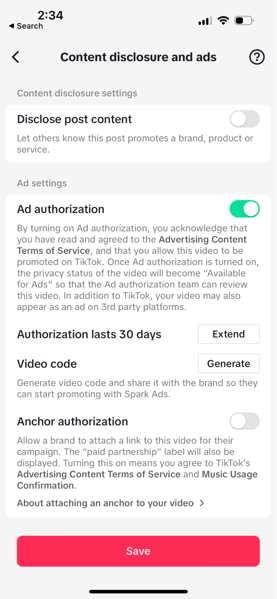
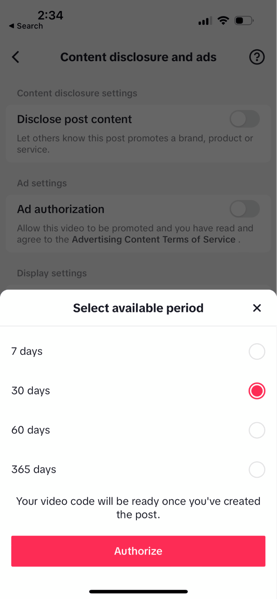
This screen will also provide a Spark Ad video code for creators to share. Brands will need to coordinate getting the code from their creators. This can be done via DM or email.
And yes, your code should look like a jumbled mess of numbers, letters and special characters!
Once you have access to the video code, the creator’s role in whitelisting is done for now.
From here on out, the brand is in control. Here’s what’s next now that you have your Spark Ad code:
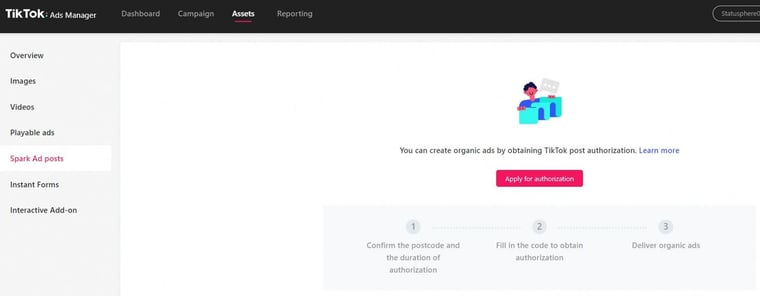
This is where you’re going to paste your creator’s video code. Assuming you have it, pop the code into the search bar and proceed.

If the code is correct and the video is valid, a preview will appear. You’ll also see a few details about your whitelisted video such as length and resolution. Then, click “confirm.”
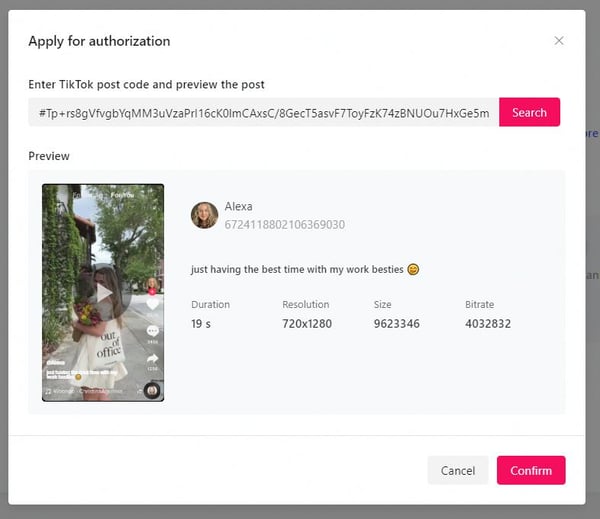
After receiving confirmation of authorization, you’ll be prompted to go create your Spark Ad.
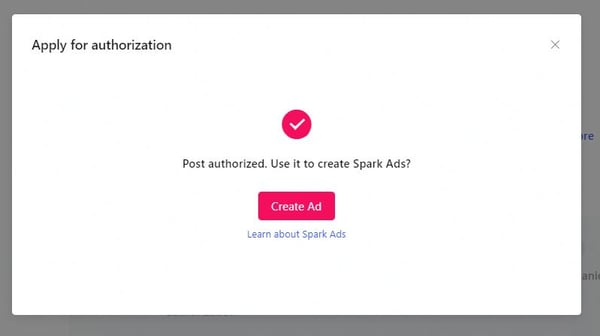
At this point, you’ll fill out the specific details of your ad campaign. This includes your audience, budget and objectives.
Because all of the above is dependent on your individual business, we won’t get too into it.
If you’re new to TikTok, you can use the “Simplified Mode” for speedy ad creation. On the flip side, “Custom Mode” provides a more in-depth creation process for fine-tuning your ads.
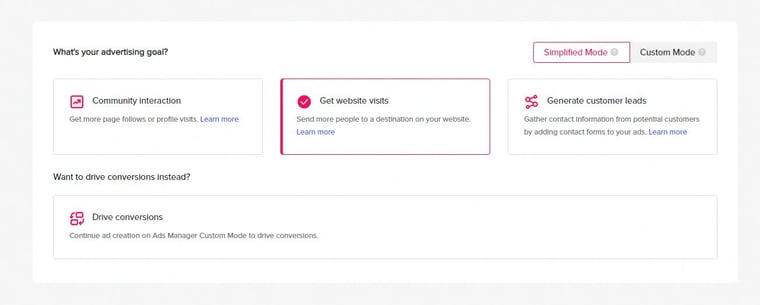
When you reach the “Identity” and “Ad Details” sections of ad creation, you’re almost at the finish line!
This is where you’ll link your creator’s video with your ad.
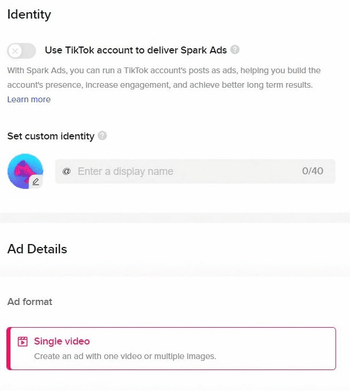
You’ll then be prompted to look through the creator’s authorized content. Find your whitelisted video, select it and click “Confirm.”
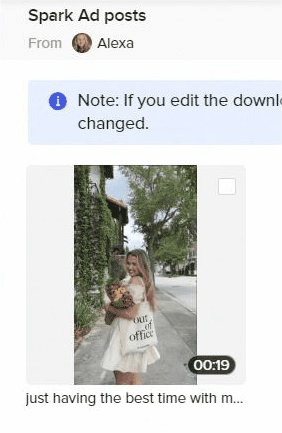
You should see a preview of your Spark Ad in action! From here, you can fine-tune the details of your creatives, captions and targeting based on your campaign. When it’s good to go, click “Submit.”
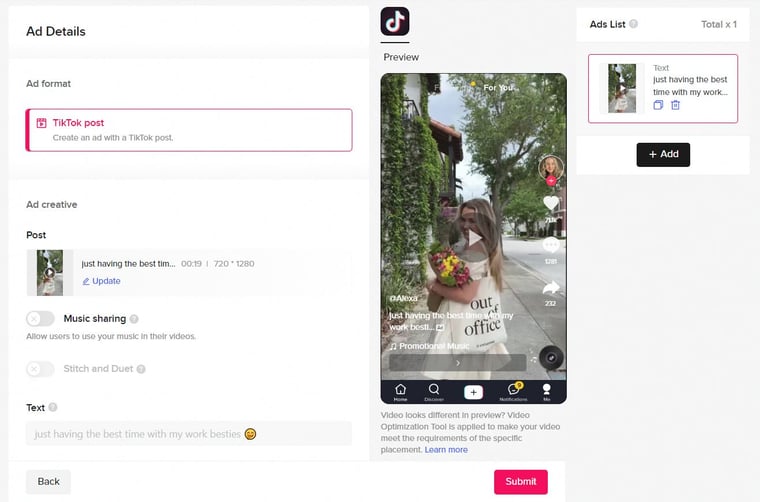
With millions of consumers rushing to TikTok, brands are eager to reach more social shoppers.
And creators are key to making it happen.
This is especially true on TikTok where recommendations and product discovery are central to the platform. There's a reason why 66% of our own brands are eager to whitel
To wrap things up, we’ll highlight why the white-labeling process is worth it for brands.
The numbers don’t lie: creators boost ad engagement massively.
From more interactions to greater reach and brand recall, featuring creators is key to getting the most out of our campaigns.
That's why so many brands are leaning on TikTok UGC. It's the same reason we're seeing more and more of our brands running Spark ads.
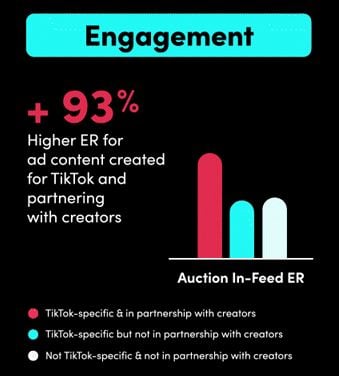
Source: TikTok
Creator interactions also go hand in hand with higher engagement. On the flip side, this highlights why ads using dark posts from your brand's account might be limited in terms of performance.
Marketing is often a matter of trial and error. Trust us: we get it.
Thing is, creator whitelisting helps you identify ad content your target audience will love.
Think about it. If an organic video performed well on TikTok organically, it’d likely be a strong candidate for an ad.
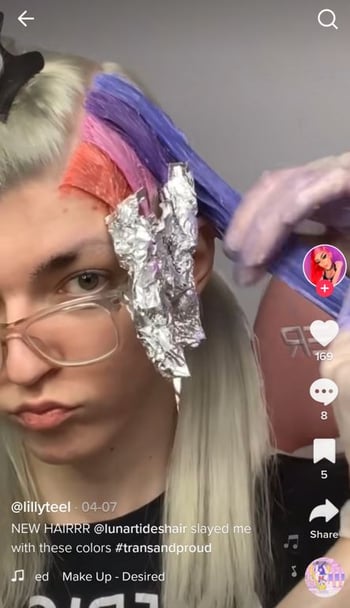
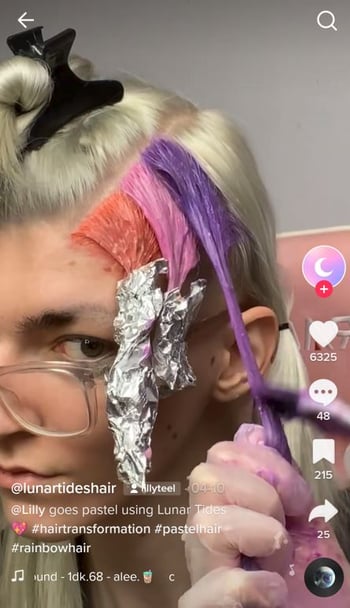
Rather than wrack your brain for fresh TikTok campaign ideas, you can promote organic content with a sense of confidence.
An underrated bonus of influencer whitelisting is that you can break the monotony of your “traditional” content. If you’re solely posting product videos, an off-the-cuff video from an influencer might be a welcome addition to your feed.
You might also learn the style of videos that creators produce is something you can emulate yourself. This includes how-tos, tutorials and showcasing products in action.
For an even deeper dive into what TikTok whitelisting looks like in action, check out these recent Spark Ad Examples.
Between the dark funnel and restricted ad targeting on the horizon, anything you can do to gather more customer data is a plus.
Ad campaigns themselves are a great way to learn more about your target audience.
Of course, that comes with a price tag.
But when you run UGC ads on TikTok, consider the data and performance of the original post are visible to the creator. Through influencer whitelisting, you can gather three sets of customer data per ad versus just one. This includes:
Likewise, Statusphere's software aggregates all of your campaign content and performance data within our platform. With real-time reports, you can determine which of your posts are top performers and therefore the best candidates for whitelisting on TikTok.
Brands rightfully want to see a strong ROI from their influencer campaigns.
Getting more out of your creator partnerships means taking action after their content is live.
Food for thought: every piece of creator content is a potential ad.
And so influencer whitelisting is a valuable next step for brands that want to maximize the ROI of their creator campaigns.
For example, white-label ads allow you to build campaigns without filming or editing a frame of content. You already have existing creatives proven to perform organically. That’s huge time saved.
Influencer whitelisting is a cost-effective advertising opportunity by default. That said, how well Spark Ads perform versus other social ads is telling.
A recent case study from Hootsuite highlights how the company experimented with a Spark campaign that resulted in a $0.002 cost per view. The study notes that TikTok’s ad platform isn’t nearly as saturated as Instagram or Facebook. How’s that for stretching your influencer marketing budget?
More engagement. Awesome creatives. Less money spent.
The recent buzz around TikTok whitelisting is totally justified. If you’re already running influencer marketing campaigns on TikTok, testing Spark Ads is a smart next step if you haven't already.
But to run the best possible TikTok ad campaigns, you need a few things first:
We know firsthand that finding and pitching creators for TikTok campaigns can quickly spiral into a full-time job. Despite the benefits, the process of managing creator campaigns can eat into your schedule before you even have a chance to scale.
That’s why you should let Statusphere's micro-influencer marketing platform do the heavy lifting.
Our software matches brands and creators based on 250+ unique, first-party data points. Since you only match with vetted influencers from our creator community, content is authentic and guaranteed. Coupled with our Instant Spark Ads feature, brands can whitelist content at scale without waiting.
Not to mention that content rights management is built into the content you get from our platform.
Want to learn more about how our software works? Get in touch with our team of experts to see how we can scale your micro-influencer marketing and earn authentic TikTok content for ads faster.
This article was first published in June 2022. It was last updated January 28, 2025.
Whitelisting on TikTok allows brands to gain access to a creator’s TikTok account or content for promotional purposes.
With the creator’s permission, the brand can run ads directly from the creator’s account, making the content appear more authentic and relatable. These ads are also known as Spark Ads.
This strategy is often used to amplify influencer-created content while piggybacking on the creator’s audience for maximum reach and engagement. These types of ads represent a win-win situation for brands and creators.
Whitelisting your content means granting a brand or advertiser permission to use your posts or videos in paid promotions.
This often involves creators sharing content rights so the brand can boost it as an ad from the creator's account or integrate it into their paid campaigns.
Whitelist approval on TikTok Shop refers to the process where sellers allow creators to promote their products directly in TikTok Shop ads or videos.
When a creator is approved, they can tag products in their posts, making them shoppable.

TikTok whitelisting allows brands to turn creator content into awesome ads. Here’s how to give brands access to your TikToks for whitelisting.
Instagram whitelisting turns brands' best creator content into awesome ads. Here’s a breakdown of how to set up whitelisting on Instagram (and why...
What is influencer whitelisting and why does it matter? We dig into steps and best practices for whitelisting influencer content to boost ad...
Be the first to know about the latest tools, trends and strategies in influencer marketing for brands.